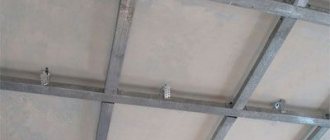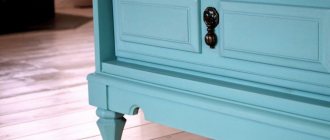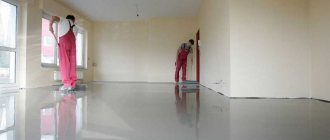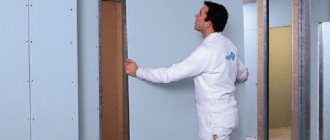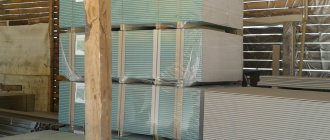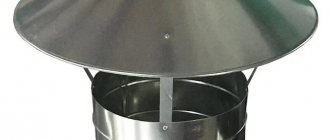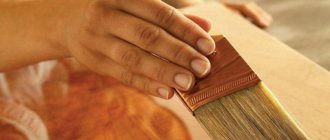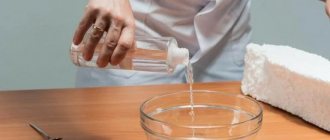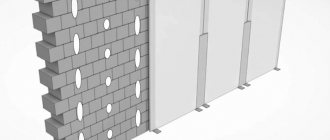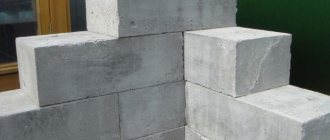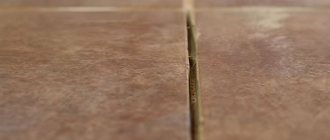Wood glue is a solution that is prepared based on many components. Among its components there may be substances of both organic and inorganic origin. It provides reliable connection of all kinds of materials - from paper and fabric to wood and glass, plastic and ceramics.
The adhesive layer forms adhesive bonds with the working surface. Wood glue is mainly used when it is necessary to securely fasten wood and other wood-based materials.
Rules for using wood glue
The use of wood glue involves a number of important features.
First of all, the working surface is cleaned and thoroughly dried. As a result, it should become smooth and clean. Immediately before application, the wood adhesive composition is heated to a temperature of 50 degrees in order to achieve the optimal degree of penetration of the active substance into the wood pores. But it is important not to overdo it with heating, otherwise it will lose its properties.
At the end of the preparatory stage, it is necessary to carefully coat each of the parts with glue, which are then connected and left to dry.
Experts remind that if gluing is carried out along the grain of the wood, the adhesive mass is applied in one layer. If you need to connect the ends, then wood glue is applied twice. It may take two days for the parts to dry completely.
Kolobok
These, for example, include “Kolobok”. To create, you will need an inflatable balloon, paper cut into small pieces, and PVA glue. The creation process primarily involves applying glue (in a generous layer) to the ball, after which paper is placed on it.
The number of layers must be at least ten. Before applying each subsequent layer, the previous one must dry thoroughly. It is recommended to make the final layer of clean white paper so that after drying it can be decorated.
The technique involves using threads instead of paper, and the technique is in many ways similar to the previous version, since instead of paper, threads are applied to the ball.
Types of wood glue
There are many varieties of wood glue. In each specific case, it is chosen depending on the characteristics of the working surface and the future use of the finished product. Thus, it is recommended to connect items that will be used in a humid environment with casein glue, which is characterized by pronounced water-resistant properties.
The most common varieties are:
- fleshy;
- fishy;
- bone;
- casein;
- PVA;
- synthetic-based compounds.
Hide glue
To prepare hide glue, substances obtained during the processing of animal skin are used. During the process, the protein is separated - the subcutaneous layer, freed from fatty tissue. Good connection of parts is determined by the presence of cysteine as a component of oligopeptides.
Modern industry produces this type of wood glue in the form of flakes, tiles and powder.
Bone glue
This type of wood glue is prepared from animal bone remains. Its main components are gelatin, collagen and cysteine. They determine the reliability of the fastening of parts and the high viscosity of the composition itself.
It falls into the category of cheap glue.
Isinglass
The main component for making fish glue is the remains of the air bubble, scales and fins. As a result, a solution is prepared that ideally connects parts characterized by different rigidity levels.
In practice, this type of adhesive composition is rarely used, since it is expensive. Therefore, it is used only in special cases, when working with expensive furniture.
In stores it can be found in the form of dry glue and granules.
Casein
One of the most complex types of wood adhesives is casein compounds. For their preparation, components such as kerosene and slaked lime are used along with casein and copper sulfate.
Many experts prefer using this particular glue for fastening wood parts. But when choosing it, it is important to remember that it can change the color of the part and shrinks significantly in volume and is stored for several hours.
PVA
Specialized PVA glue is widely used in carpentry workshops. It is supplied to trade in the form of ready-to-use solutions.
This is a popular variety that provides excellent adhesion with a stable seam. It is transparent and elastic.
If necessary, PVA adhesives with certain characteristics are prepared. Thanks to the introduction of additives into its composition, the composition can become quick-drying or water-resistant.
Synthetic glue
Various synthetic-based compounds manufactured in industrial conditions have found wide application in carpentry practice. Their most popular representatives are:
- Titebond
- Moment Joiner.
- Titanium.
All of them guarantee a reliable connection of wooden surfaces. The moment is additionally characterized by high resistance to water.
Titanium is a universal wood glue that is suitable not only for wood, but also for plastic, glass, paper and more. It dries in the shortest possible time and can be used as part of finishing work.
Composition of synthetic glue
Making your own wood glue
Several technologies for producing these adhesive compositions are known. In any case, the initial raw materials are initially softened to a jelly-like state, and then they are boiled.
The most popular are homemade adhesive compositions made using two recipes.
First option
Glue making process
Initially, the raw materials must be crushed in an accessible way. Next, small pieces of it are placed in dense material and wrapped, then carefully tapped with a hammer to better get rid of large pieces. This will speed up the cooking process.
When ready, the powder is transferred to a container of suitable volume and filled with clean water. It should completely cover the crushed raw materials. After some time, the mass will become jelly-like. The duration of this stage may vary depending on the size of the particles.
The final stage of manufacturing involves the use of a water bath, on which a container of jelly is placed. It should heat up to about +70 degrees and cook in this state for about 15 minutes with constant stirring.
Second option
Raw materials for wood glue
This method is simpler and allows you to prepare the composition not for immediate use, but for the future.
In this case, the raw materials are crushed and diluted with water in equal proportions. Next, the mass must be boiled for 20 minutes and cooled.
As it cools, the mixture will turn into a paste. When ready, divide it into small pieces.
Immediately before use, the resulting mass must simply be kept in water and heated.
Several options for making paste from flour
The adhesive composition can be made from wheat, corn or rye flour. For our purposes, second or even third grade flour will be useful. Its larger particles have increased viscosity, which is good for the paste.
An important point: to ensure that the adhesive composition is not noticeable on the paper, use wheat flour for light wallpapers, rye flour for dark ones.
Rye flour produces a more viscous composition, which is excellent for vinyl-based coatings
Additives and proportions
Some craftsmen recommend adding additional components to the sticky flour mixture: PVA, gelatin or wood glue.
There are situations when the natural composition of the glue attracts small insects - ants and bedbugs. If there is such a danger, add a little copper sulfate to the composition. A quarter of a level teaspoon is enough for a kilogram of flour.
If you add a little sugar and vanillin to the composition, it will give elasticity, shine and a light aroma to fabric products.
To glue heavy wallpaper, you need to make a thick glue. For light paper wallpaper, less flour is added to the composition.
Proportions for flour paste:
| Amount of flour (grams) per 1 liter of water | Supplements | For what purposes can it be used? |
| 100 | — | For gluing plain paper |
| 50 — 100 | 4 tablespoons wood glue | For making papier-mâché |
| 120 — 150 | ½ cup wood glue | Primer of walls for wallpaper |
| 120 — 150 | 1/6 teaspoon copper sulfate | For gluing simple paper wallpapers |
| 200 — 250 | 14 teaspoons copper sulfate | For wallpaper made of thick embossed paper |
| 200 | Glass of wood glue | Primer of walls for heavy wallpaper |
| 300 — 400 | A glass of wood glue, a teaspoon of copper sulfate | Gluing vinyl and non-woven wallpaper |
The most common paste is made from one hundred grams of flour and a liter of water. By changing the proportions, you will get a thicker or thinner version.
How to change the thickness of glue
While you work, the paste “infuses” and gradually becomes thicker. To return it to the state you need, take a mixer and add hot water one tablespoon at a time, thoroughly mixing the entire mass.
Take your time to dilute the glue, wait half an hour until it reaches its final consistency
Another problem: the glue was too liquid. To correct the consistency, in a separate bowl, dilute the flour with cold water until creamy, boil the glue again and gradually stir the mixture, pour an additional portion into it.
Paste recipe for light wallpaper
Take 8 tablespoons of flour and pour about 1.5 cups of cold water into them, stirring constantly. Pour the resulting mixture into boiling water, constantly stirring the hot mixture with a spoon in one direction. After all the glue has boiled, wait another three minutes, continuing to stir constantly. Then remove the container from the heat and leave to cool.
Pour the mixture into boiling water in a thin stream.
Paste recipe for heavy wallpaper
Heavy wallpaper will require a thick adhesive. For it you need to take 16 tablespoons of flour per liter of liquid. The cooking principle is the same. But there is a variant of the composition that differs from the traditional one in increased strength. If you add gelatin, alcohol and glycerin to the mixture, you get PVA. This glue will work on wallpaper made of any material.
Tips for use
Gluing with wood glue
The use of wood glue has its own characteristics depending on the type of surface and other factors in each specific case.
Experts do not advise storing the compositions in finished form for a long time, as they begin to harden and lose their properties.
Before you start preparing the glue, you need to prepare the wooden surfaces. This is explained by the fact that the mass retains its properties best for two hours.
If the need arises, you can supplement the composition of the solution with certain additives that will provide the adhesive mass with certain additional properties.
